Women are increasingly filling work roles that were previously dominated by men. While a larger proportion of military service members, law enforcement officers, health care workers and aviators continue to be men, women in these trades experience occupational hazards differently than their male counterparts.
As a profession, we have already seen similar findings within athletics. Female athletes are more prone to bony stress injuries, knee injuries and other musculoskeletal injuries than male athletes competing in the same sports. By understanding these injury patterns, we, as sports medicine professionals, have been able to utilize education, training and equipment to mitigate injury risk.
Given female representation in previously male-dominated careers is increasing, we can apply these lessons learned to the occupational work environment. But first, we need to be asking similar questions. Are women in previously male-dominated and/or manually intensive professions at increased risk for specific musculoskeletal injuries? Are these women experiencing different environmental exposures, work hazards and/or occupational challenges than men in the same work settings? The short answer is “yes.”
Our article, published in the April 2023 issue of Current Sports Medicine Reports, sought to answer these questions. We identified and collated available information regarding occupational injury and environmental exposure risk data for women working in stereotypically male-dominated fields. Although there is limited available data in some cases specific to these populations, what has been published presents a compelling argument that sex differences in occupational risk exist. Women in these historically male-dominated fields experience different musculoskeletal injury risks, environmental exposures, equipment-related issues, reproductive and urogynecologic challenges, and operational stressors than men. A similar literature review, published in Medicine & Science in Sports & Exercise® in April 2022, discussed how physiologic differences between sexes led to different physical and physiologic work-related stress and injury patterns among female servicemembers compared to male servicemembers. Despite these differences noted in this and our review, women demonstrate increasing levels of success in these demanding environments with appropriate health promotion strategies.
Given the unique perspective of sports medicine as a profession, answering these questions also allows us opportunities to develop and implement work-related injury prevention, rehabilitation and performance-optimization strategies specific to women working in these nontraditional professions. We intend for this article to highlight the need for increased sex-specific research into occupational and environmental risks for women in nontraditional work settings. We also hope this serves to introduce and broaden a necessary conversation on how we, as a profession, can influence the safe advancement of women in the workforce.
Disclaimer: The views expressed herein are those of the author(s) and do not necessarily reflect the official policy of the Department of the Army, Department of Defense or the U.S. Government.

Briana Lindberg, MD, CAQSM, is a primary care sports medicine physician and member of ACSM. She recently graduated from the National Capital Consortium’s Military Primary Care Sports Medicine fellowship program and currently serves as core teaching faculty within the Womack Army Medical Center Family Medicine Residency Program in Fort Bragg, North Carolina. Her current position allows her unique opportunities to follow her passion of utilizing preventive sports medicine education and training to mitigate injury risk and promote rapid return to duty in military warfighters, with a particular emphasis on the female warrior athlete.

Caitlyn Rerucha, MD, MSEd, FAAFP, CAQSM, is a primary care sports medicine physician and member of ACSM. She is an assistant professor in the Department of Family Medicine at the Uniformed Services University in Bethesda, Maryland. She is a graduate of the National Capital Consortium’s Military Primary Care Sports Medicine fellowship program and currently serves as the first female active-duty military physician with 1st Special Forces Group (Airborne) with a focus on optimization of human performance and wellness for special operators.
Viewpoints presented in ACSM Bulletin commentaries reflect opinions of the authors and do not necessarily represent positions or policies of ACSM. Active Voice authors who have received financial or other considerations from a commercial entity associated with their topic must disclose such relationships at the time they accept an invitation to write for the ACSM Bulletin.




